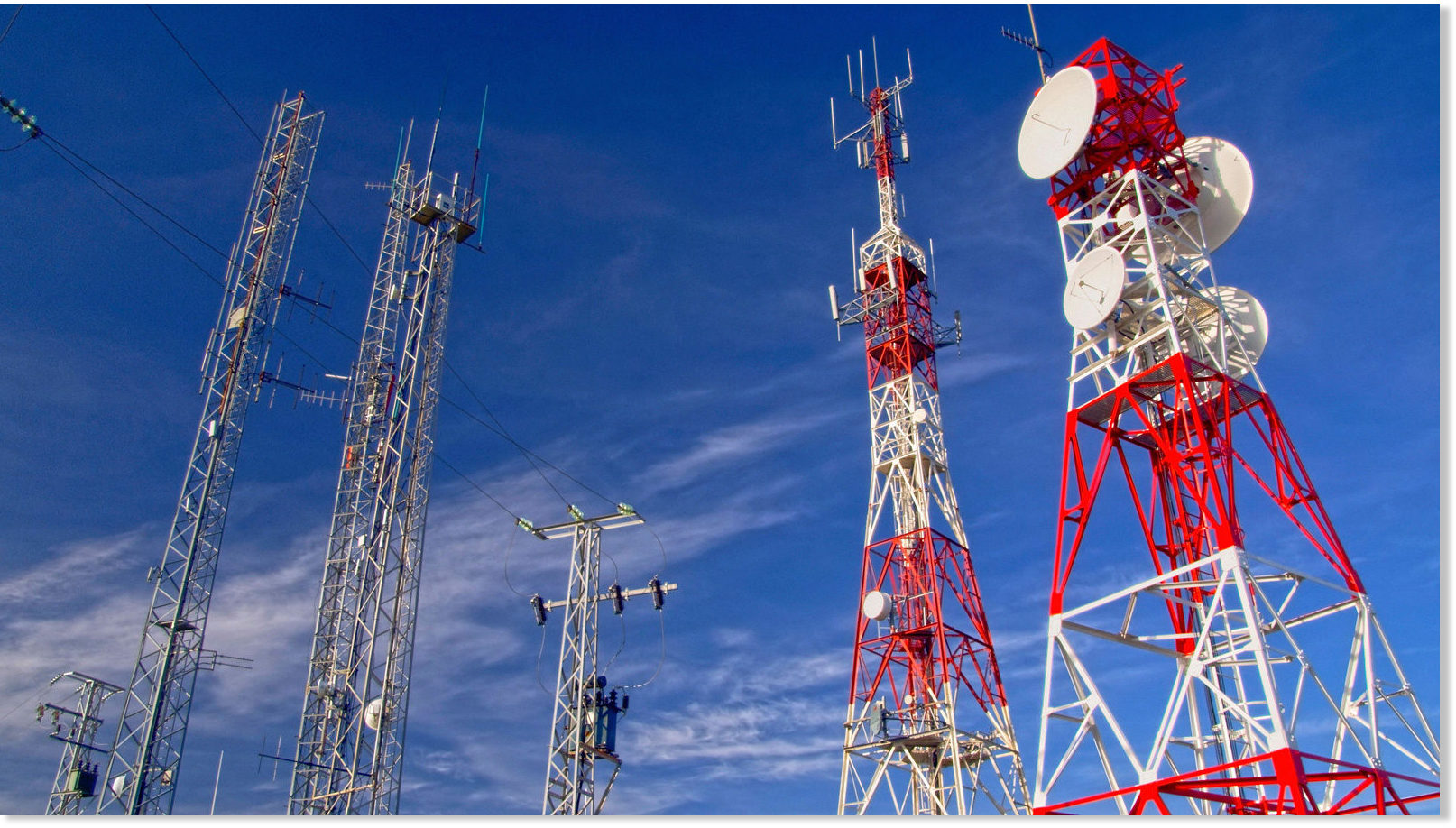If you've ever been through a city you might have noticed tiny cell towers for 5G placed on poles for street lighting. They appear like tiny boxes however, they're actually transmitting wireless signals from cell phone providers to your phone.
The smaller ones are being replaced by the larger built cell towers. While they're not as noticeable but they can still create problems for those who live nearby.
It is the Federal Communications Commission's Radiation Exposure Thresholds
The FCC's Radiation Exposure Thresholds establish the safe limit at which a person can be exposed to electromagnetic radiation from wireless devices. The limits for exposure are based on research which prove that electromagnetic energy could be harmful to human health.
The absorption rate specific (SAR) is an indication of the amount of radiofrequency energy absorbed by tissue. safe distance to live from cell phone tower 's usually 1.6 watts per kilogram, calculated over one kilogram of tissue.
Since 5g is able to transmit at higher frequencies and has the potential to create more energy on the skin and other exposed body areas. This can result in various potential problems, including an increased development of skin diseases such as dermatitis, skin cancer and cataracts.
Because of the potentially severe effects of 5g radiation, PSU has chosen to create a general maximum power density of four MW/cm2 based on the average over 1 cm2, but not to exceed 30 minutes, for all 5G services running at 3000 GHz. This limit for localization is in line with the peak SAR spatial-average of 1.6 W/kg averaged over 1 g of tissue at 6 GHz.

The FCC's Maximum Exposure Thresholds
If you've ever used a cell phone, you're probably aware that the safest range from the tower is around 400 meters away. This is because the power of transmission from cell towers increases drastically the further your location from the tower.
While it sounds like a good idea, the reality is that those living close to towers could be more prone to health problems. For safe distance to live from cell phone tower , a study from 2014 in India found that those who lived within 50m of cell towers experienced significantly more health complaints than those who lived farther distance from them.
This study revealed that those who relocated into areas farther away from cell towers noticed their symptoms return to normal within a couple of days. Other studies have revealed that exposure to high levels of radiofrequency electromagnetic fields (EMFs) could cause brain tumors, cancer and other health issues.
This is due to the fact that RF radiation, which is used in wireless communication can be absorbed by the body's outer layer, the skin. This is vital to be aware of because the skin acts as a shield against mechanical injury, infection caused by pathogenic microorganisms and the entry of harmful substances. It is also the most important organ in the human body and is accountable for maintaining the integrity of other organs.
The FCC's Minimum Exposure Thresholds for the Minimum Exposure
The FCC's Minimum Exposure Thresholds are based on many assumptions that aren't supported by evidence from science. They include the incorrect assumption that short-term exposures to RF radiation are safe because of the minimal absorption into body (i.e. thermal heating of tissue).
This also overlooks the greater penetration of ELF components of modulated RF signals and the consequences on the body of short bursts generated by RF waves that are pulsed. These assumptions are not in line with the current understanding of biological consequences of RF radiation. Therefore they shouldn't be considered for health protection exposure standards.
Furthermore there is the fact that both ICNIRP and FCC limit the maximum limits of exposure to peak local SARs, based on the peak speed of spatial absorption (psSAR) that is not a sufficient dosimetric tool to assess the amount of radiation exposure. In particular it is inconclusive for frequencies above 6 GHz. In safe distance from cell tower , psSAR is not been tested for RF radiation that is exposed to other environmental agents , such as sunlight. The interactions of RF radiation and other environmental agents may produce synergistic or antagonistic impacts. This can lead to an increased risk of adverse health effects. For example, exposure to RF radiation with sunlight may raise the chance of developing skin cancer, as well as aggravate other skin diseases such as acne.
